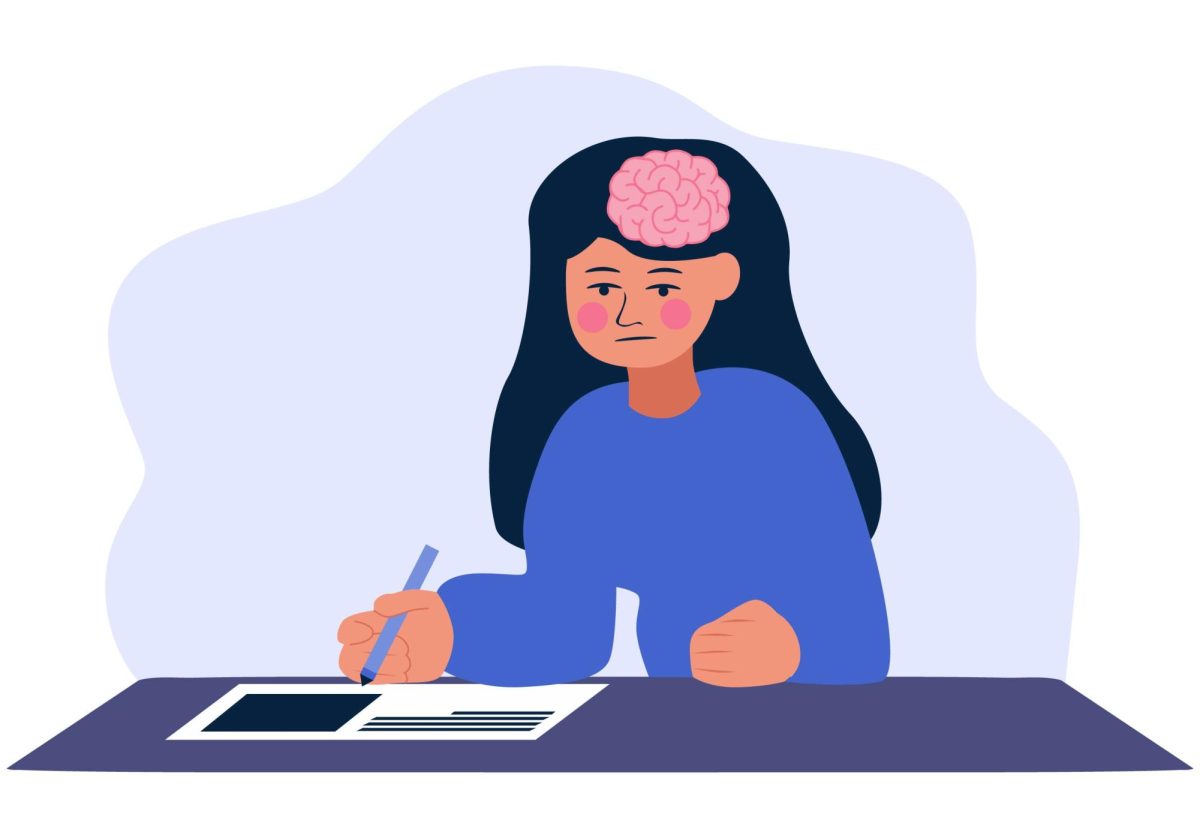You really haven’t experienced the thrilling, gritty side of the Twin Cities until you have ridden the No. 16 bus. But, like a fragile ecosystem, the No. 16 might not be around forever, so now is the time to experience its earthy charm.
Though it winds through the heart of the campus, like so many other innocuous and standard bus routes, the heart of the No. 16 is Frogtown, that part of St. Paul known for murder, prostitution, drugs and eating establishments that announce their lack of public bathrooms with handwritten signs. Every University student I know who has experienced No. 16 has a tale to tell, usually accompanied by a shaking of the head and a rolling of the eyes, as though to say, “Can you believe people act this way?”
I’ve seen police escort off unruly passengers. When cops board the bus, some of the passengers sigh with relief and others exhale with annoyance. When police aren’t present, which is most of the time, cell phone conversations I would be ashamed to have in private are loudly carried on in public. For example, what your parole officer can or can’t force you to reveal. Also, why a working girl who has been in jail for a week can’t trust a stranger calling on her cell phone but, uh, perhaps could meet at the corner of Snelling and University in the next 15 minutes.
And then there was the young female passenger who called her boyfriend (I think) to say that a “drunk-ass white girl” had just staggered off the bus, and the boyfriend (on speakerphone) asked for the exact street coordinates.
For what purpose? That wasn’t made clear, but I got off the bus at the next stop to warn the girl, apparently a University student. She had, however, stumbled into the night, protected from disaster the way God protects drunks and fools.
Sometimes the back seat section of the No. 16 becomes a stage for impromptu musical performances which all the passengers must enjoy, endure or ignore, depending on their point of view. Most of these freestyle performances are about drug dealing, gunfights and, of course, “bitches and hoes.” Verbal praise usually follows these spontaneous renditions, but the rappers smile and modestly wave away the compliments. They say they are only “keeping it real.”
By riding the No. 16, you can dip into the experiences of another plane of existence, like the rider of a roller coaster can briefly know feelings of plunging in a doomed aircraft, but then return to the platform, safe and sound. As long as you don’t get off alone in a dark, unfamiliar place, you probably will come back alive. It’s unlikely you will be dragged from the bus and assaulted. It’s theoretically possible, I guess, but not very likely.
What will happen if and when a new light-rail line runs down the middle of the street? Will the No. 16 go the way of the dodo bird? Will Frogtown be displaced by affluent condos equally lacking public bathrooms? Will anyone mourn the demise of the No. 16?
Each time I am up close and witness something raw, real and appalling aboard the No. 16, I feel tougher, more evolved. I feel the rush of my blood, and I’m thankful it is not pulsing from a stab wound. I feel the addictive tingle of danger Ö but then nothing bad actually happens. Was danger even present? Or did I only imagine it?
John Hoff welcomes comments at [email protected].






